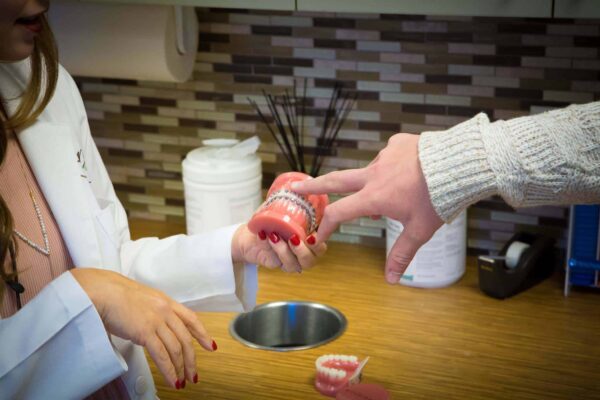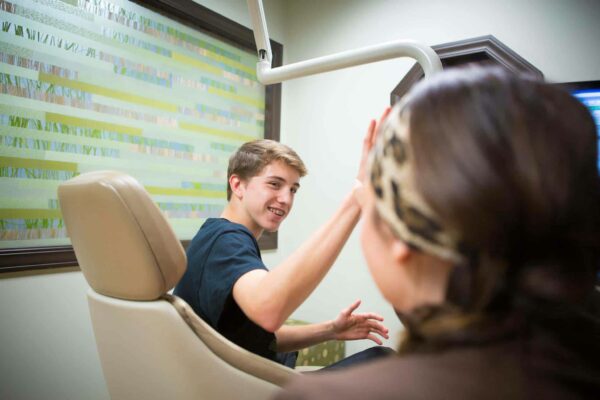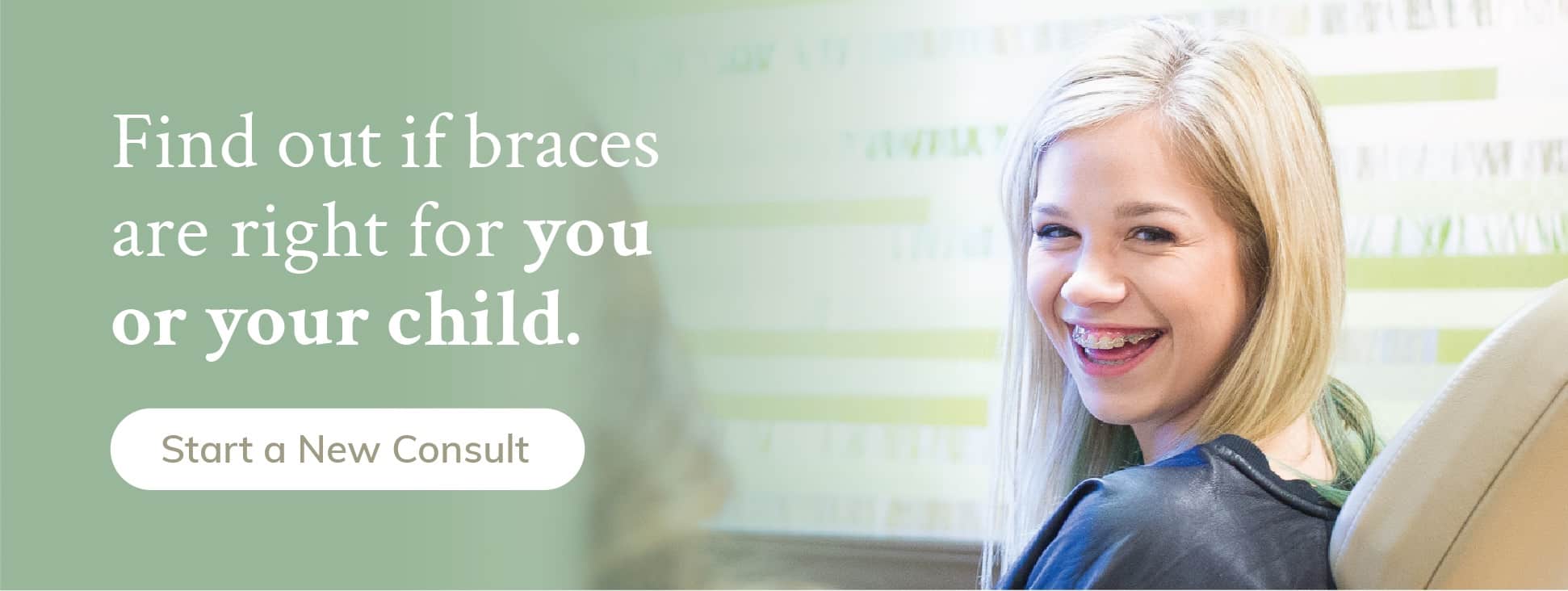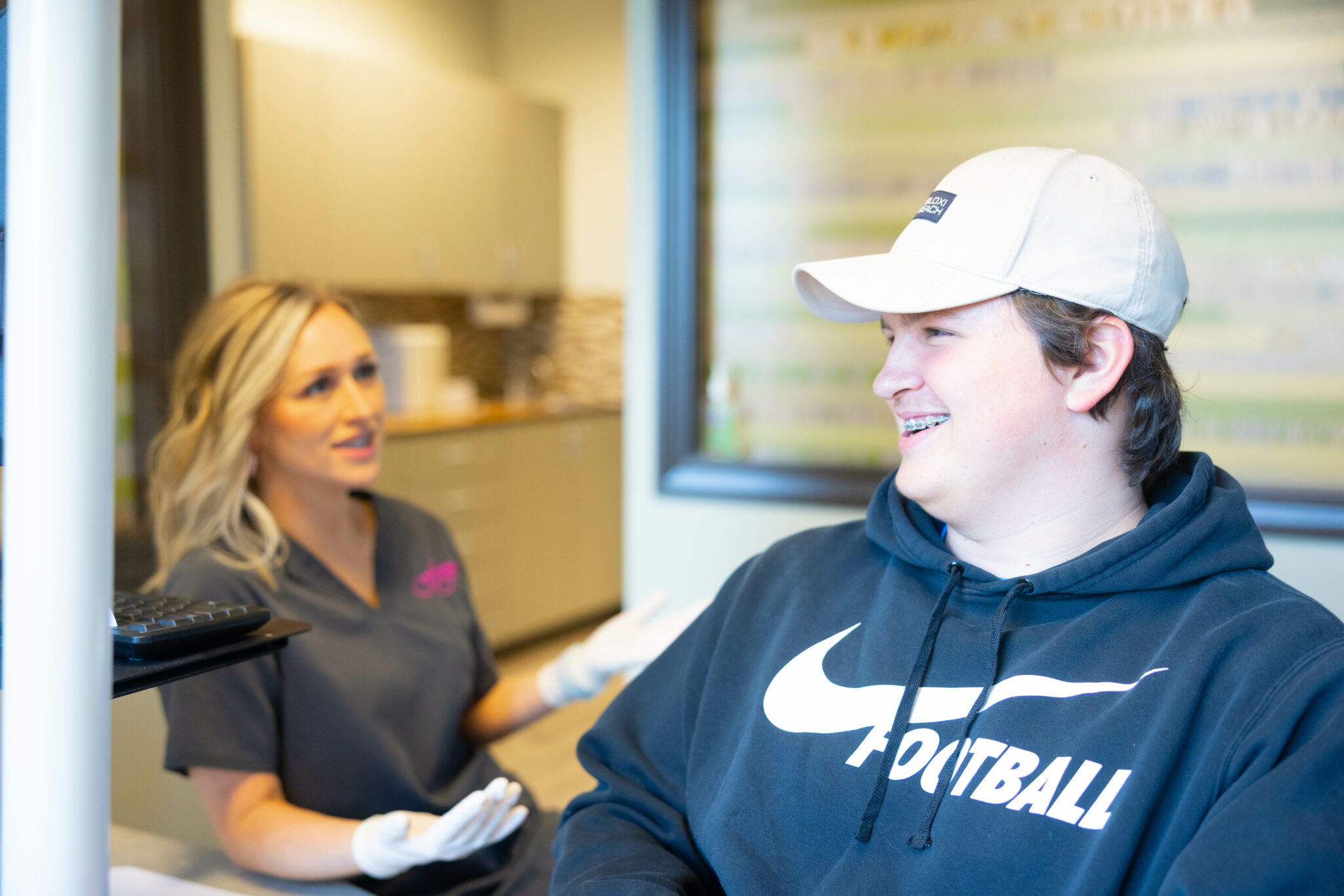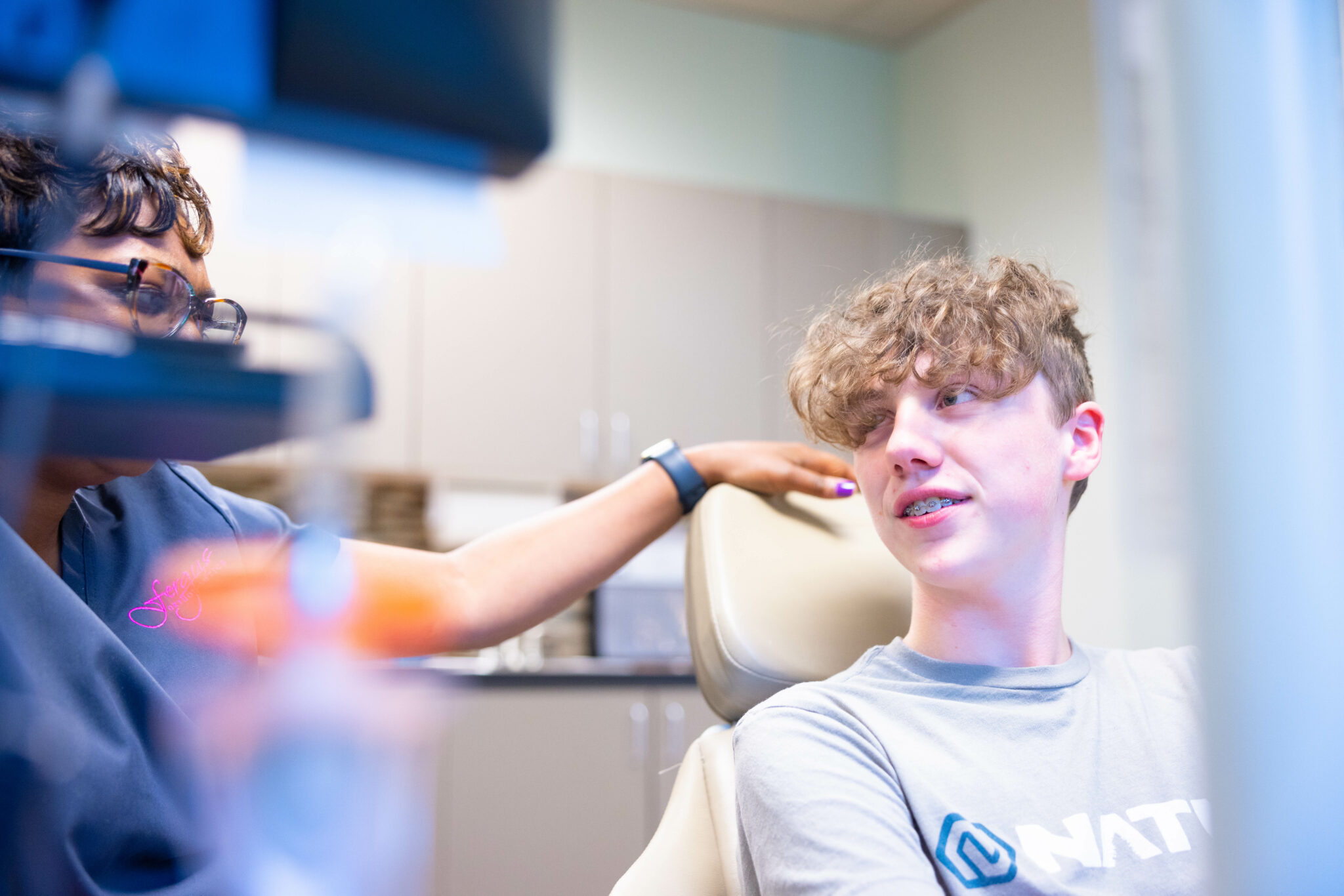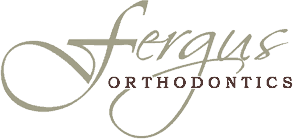You have braces, and soon you will have beautiful, straight teeth. Looking at all those wires and brackets, you probably have the same question most patients have — How do you clean your teeth with braces?
The right teeth cleaning tools can make brushing and flossing with braces much easier. Do you know how to floss with braces? What is the best toothbrush for braces? Should you get a Waterpik for braces?
Fergus Orthodontics has heard these questions and more from patients unsure how to keep braces clean. We want your orthodontic treatment to go smoothly so that you end up with a beautiful, healthy smile. Here are a few tips on the best dental tools to keep your smile beautiful!
Best Toothbrush for Braces?
One of the biggest questions we get is, “What is the best toothbrush for braces?” While we don’t have a specific toothbrush recommended for braces, we can give pros and cons on manual toothbrushes vs. electric toothbrushes with braces.
Studies from the American Journal of Orthodontics and Dentofacial Orthopedics show that an electric toothbrush with braces improves oral hygiene by outperforming a manual toothbrush.
Why Is An Electric Toothbrush Better?
The American Dental Association recommends that you brush at least twice a day for two minutes at a time for the best results. Studies have shown that people brush longer with an electric toothbrush than with a manual toothbrush, with or without braces.
Some electronic toothbrushes include timers that make sure you hit the two-minute mark. Others offer features such as intensity adjustments so you have better control over how you brush your teeth.
Electric toothbrushes are better for those who have hand-eye coordination difficulties or arthritis in their hands. These can make it difficult to brush with a manual toothbrush. But because an electric toothbrush does most of the work for you, it’s much easier to have great oral hygiene!
Manual Toothbrush With Braces?
While electric toothbrushes are recommended with braces, that doesn’t mean you can’t use a manual toothbrush. Some people simply prefer to use a manual toothbrush, or they may only have a manual toothbrush when they travel.
Using a manual toothbrush for braces is OK, as long as you use it for two minutes each time and try to get around every bracket.
You might try setting a timer on your cellphone or a kitchen timer to ensure you brush for the full two minutes. For something more entertaining, pick a song that’s two minutes long and brush until it ends!
Flossing With Braces
Brushing with braces isn’t as difficult as it seems, but how to floss with braces is a different story! Is there a special dental floss for braces? Here are some tips to make flossing easier.
Floss Threaders and Floss Picks
Are there floss picks for braces or other such tools? A floss pick won’t be able to get around the wires to floss your teeth. You can find something similar to a floss pick called a floss threader that will help.
A floss threader comes in one of two forms. Some threaders look like large plastic needles. The floss is threaded through the eye, and the thin plastic passes around the wire and through your teeth, allowing you to floss normally.
Other types of floss threaders are attached to pieces of dental floss. These are thin pieces of plastic on one end similar to the other type of floss threader. Instead of an eye on the other end, a piece of dental floss is attached.
Water Flossers
Does a water flosser help with braces? Patients have asked about using Waterpik, which is a popular brand of water flosser.
Water flossers are great for loosening and removing food particles around brackets and wires and providing some flossing between teeth. However, they lack the scrubbing power of true dental floss. Water flossing is great to use in addition to traditional flossing, but not as a substitution.
A third option is to use a proxabrush to get between teeth and braces. The tiny, spiral brush will get around brackets and wires and clean off hidden food particles.
Tips for Brushing With Braces
Dr. Fergus has a few tips to improve how you brush with braces:
- Floss first to loosen and remove particles from between teeth so they can be brushed away.
- Brush at a 45-degree angle using a soft-bristled toothbrush.
- Brush gently, moving in tiny, circular motions across all surfaces of the teeth and around the brackets and wires to remove trapped food particles.
- Brush three times a day during orthodontic treatment, preferably after each meal or after school if you can’t brush after lunch.
- Replace your manual toothbrush or your electric toothbrush head every three months because damaged or dulled bristles are less effective.
- Check that all your brackets and wires are clean and shiny. If they still look dull, you need to brush better because there still may be plaque there.
- Use fluoride toothpaste, and consider rinsing with fluoride or antibacterial mouthwash. Don’t eat or drink anything for at least half an hour to ensure the fluoride has time to take effect.
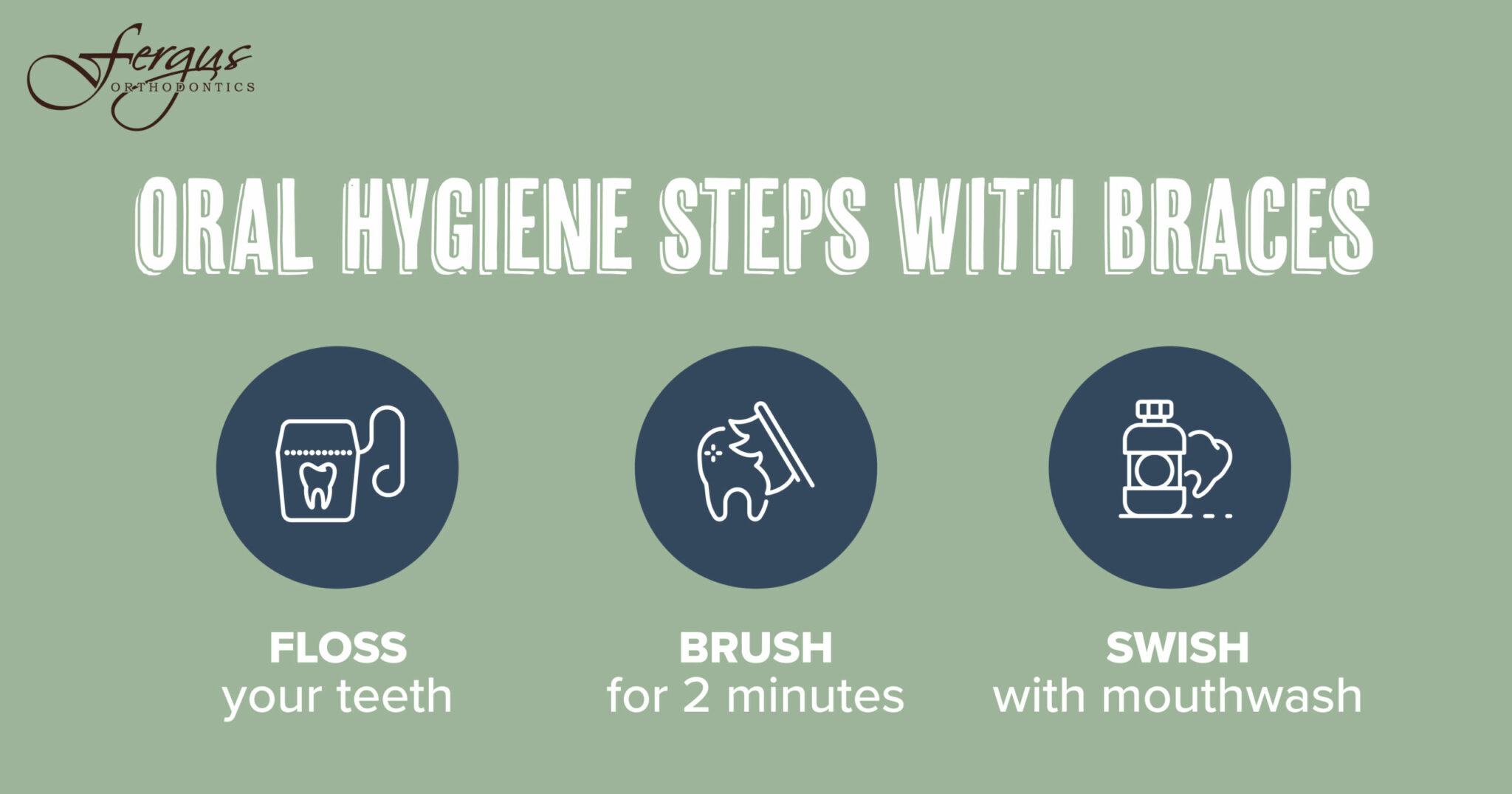
What’s the Best Toothpaste for Braces?
Is there a best toothpaste for braces? You would think there would be an easy answer, but there are so many options nowadays. Cavity protection or tartar control? Fresh breath or teeth whitening? Which is best for braces?
The one thing you want in toothpaste for braces is FLUORIDE. Fluoride strengthens the bond between the minerals that make up your enamel and reduces your chances of tooth decay. Most toothpastes have fluoride, so that should be a fairly easy choice.
Here’s something you may not know: Most toothpaste options are essentially the same. Anti-cavity? That means it has fluoride or might have a bit more fluoride. Fresh Breath? It has more minty flavor.
Bottom line, ignore all the marketing stuff and the special “features” and just choose your favorite. The only one you should avoid is whitening toothpaste. Why?
Whitening toothpaste will whiten the areas of the tooth it can reach. That means it won’t whiten the areas under your brackets where the bonding agent holds the brackets to the teeth. If you whiten teeth with braces, you may end up with dark spots on your teeth once the braces are removed.
Best Toothbrush and Toothpaste With Braces
In the end, the best toothbrush with braces is an electric toothbrush, and the best toothpaste for braces is simply one that has fluoride. That gives you a lot of options on the toothbrush and toothpaste aisle! Choose the toothbrush and toothpaste that best meet your needs, and build your oral care routine from there! Consider grabbing a fluoride mouthwash, as well.
If you have any other questions, Fergus Orthodontics is here to help. If you’re in the Jonesboro, AR, area, give us a call or schedule a virtual or in-person consultation. We’ll be happy to talk to you about our exceptional orthodontic treatment and the best ways to keep your teeth and your braces clean!







